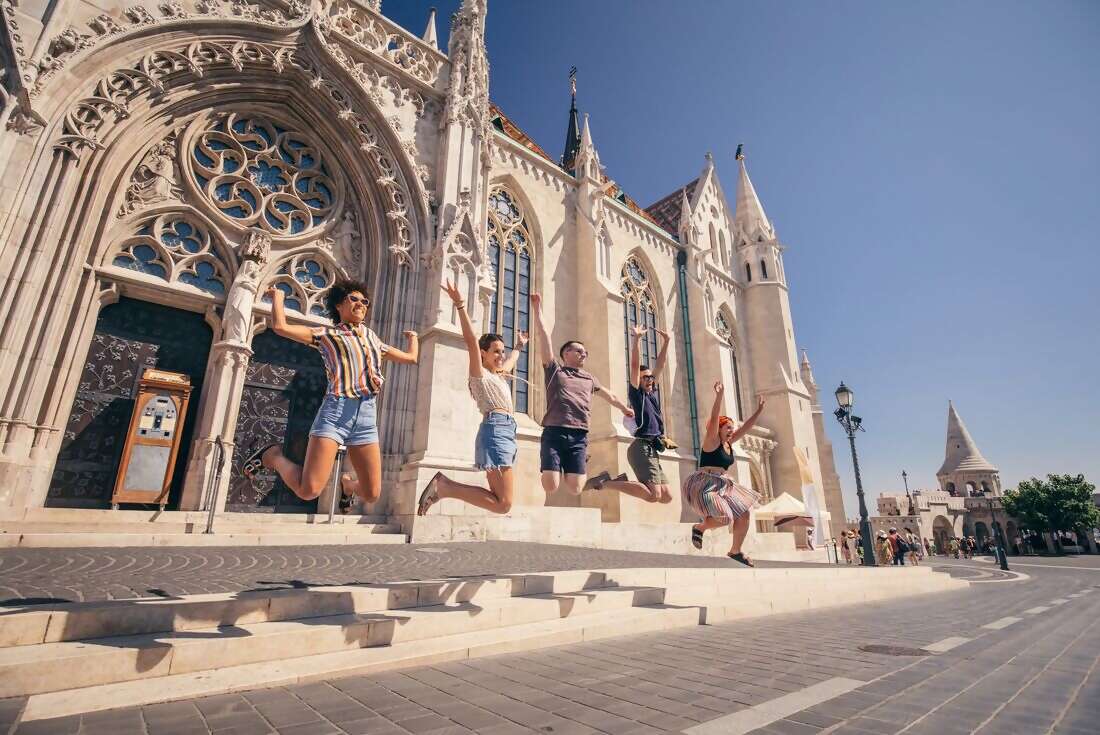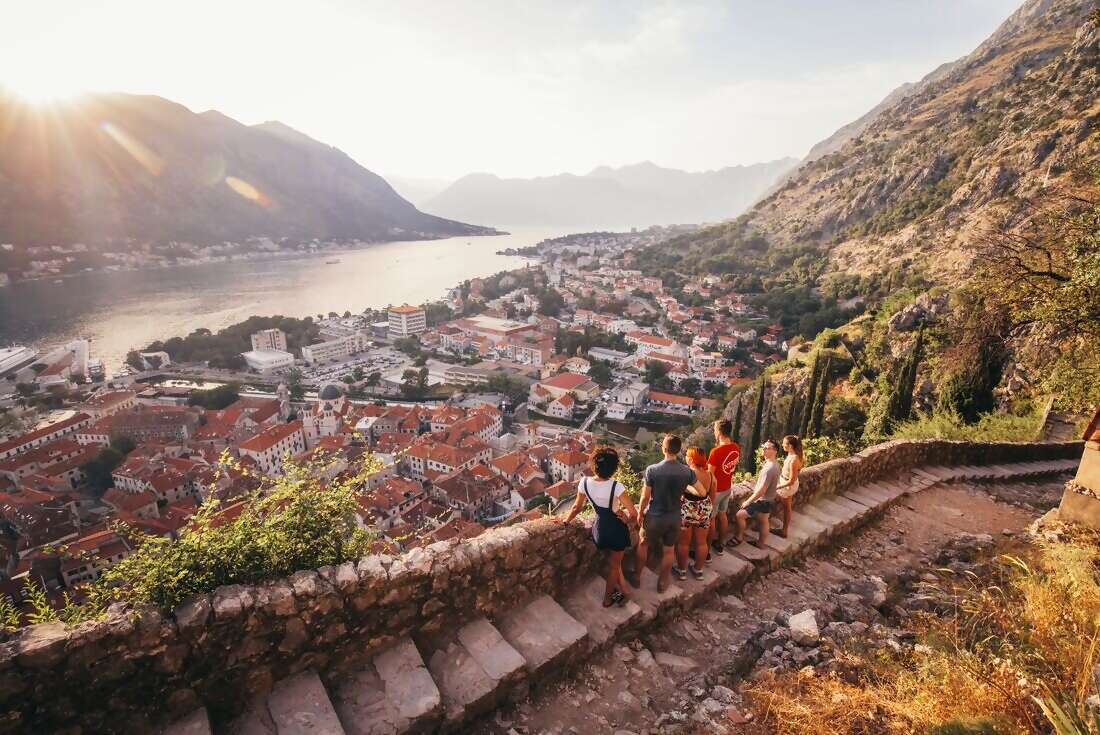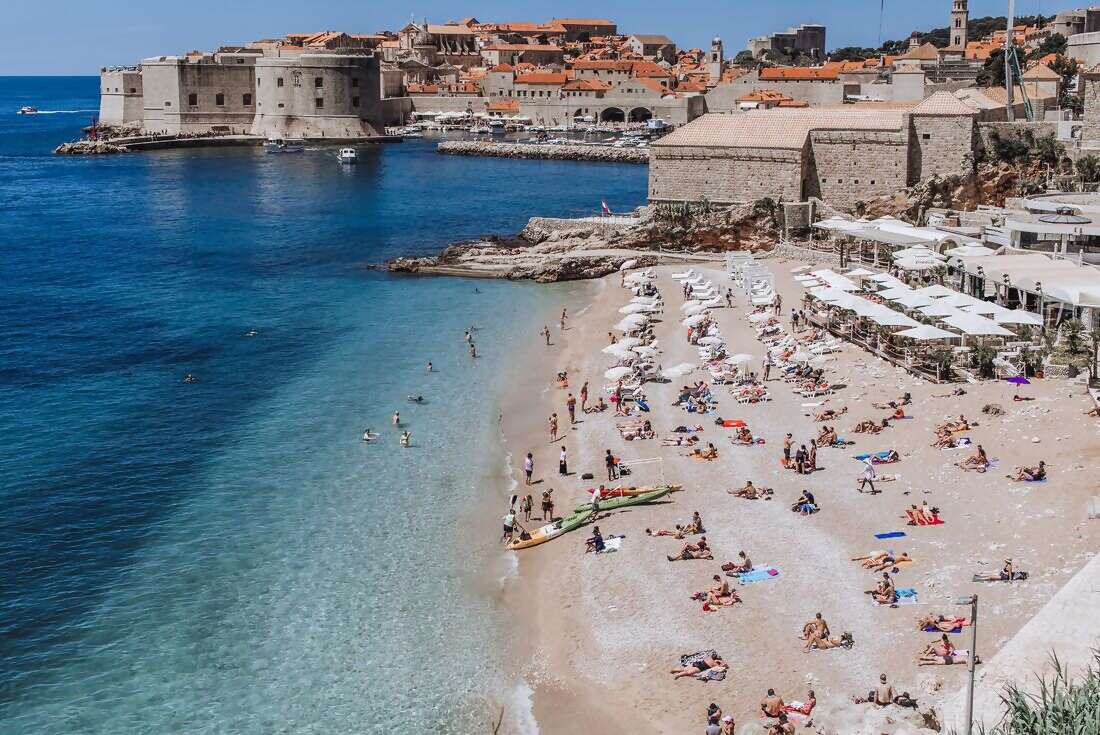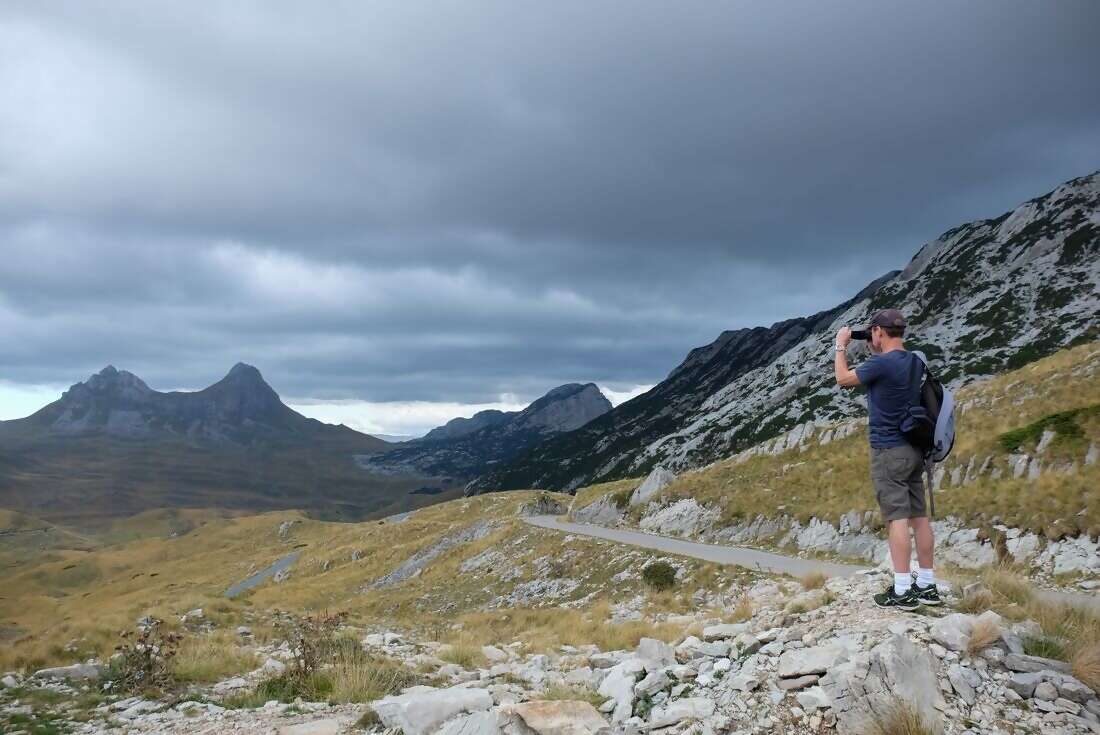 Stunning coastlines, historic cities, pristine national parks and some of the most delicious local cuisine your stomach will ever encounter – the Western Balkans have it all. And, this epic 29-day journey will show the best of it. Beginning in Budapest, which is also known as ‘the Pearl of the Danube’, you’ll have the chance to see a range of small towns, bright lights and natural wonders across Hungary, Serbia, Bosnia, Montenegro, Croatia and Slovenia. Your local leaders along the way will be able to give you insights into the different cultures you encounter, with a focus on the people, history and food.
Stunning coastlines, historic cities, pristine national parks and some of the most delicious local cuisine your stomach will ever encounter – the Western Balkans have it all. And, this epic 29-day journey will show the best of it. Beginning in Budapest, which is also known as ‘the Pearl of the Danube’, you’ll have the chance to see a range of small towns, bright lights and natural wonders across Hungary, Serbia, Bosnia, Montenegro, Croatia and Slovenia. Your local leaders along the way will be able to give you insights into the different cultures you encounter, with a focus on the people, history and food. Highlights
Sip the famous Croatian Traminac Premium wine at a wine tasting at a 15th century family-run vineyard in quaint Ilok
Witness Mostar's famous bridge divers hurl themselves from the stones of a bridge that has spanned the river here for centuries
Sarajevo is one of the most scenically located cities in Europe. See the sights on a guided walking tour and learn about its recent history as a city under siege
Spend a full day exploring the green island of Mljet – with its small seaside villages, lush national park trails, shimmering waters and largely untouched environment, you’ll never want to leave!
Stroll through Plitvice Lakes National Park, marvelling at luminous lakes and waterfalls that seem to have been sketched by an artist










- You will visit the following places:
-

Budapest
Budapest is the capital of Hungary. As the largest city of Hungary, it serves as the country's principal political, cultural, commercial, industrial, and transportation centre. In 2010, Budapest had 1,721,556 inhabitants, down from its 1980 peak of 2.06 million. The Budapest Commuter Area is home to 3,271,110 people. The city covers an area of 525 square kilometres (202.7 sq mi) within the city limits. Budapest became a single city occupying both banks of the river Danube with a unification on 17 November 1873 of right (west)-bank Buda and Óbuda with left (east)-bank Pest. Budapest is one of Europe's most delightful and enjoyable cities. Due to its scenic setting and its architecture it is nicknamed "Paris of the East".
-

Belgrade
Belgrade is the capital and largest city of Serbia. The city lies at the confluence of the Sava and Danube rivers, where the Pannonian Plain meets the Balkans. It has an urban population of 1.2 million, while the metropolitan area has more than 1.7 million people, making it one of the largest cities of Southeastern Europe. Its name translates to white city. Belgrade's wider city area was the birthplace of the largest prehistoric culture of Europe, the Vinča culture, as early as the 6th millennium BC. In antiquity, the area of Belgrade was inhabited by a Thraco-Dacian tribe Singi, while after 279 BC a Celtic tribe inhabited the city, naming it "Singidun".
-

Sarajevo
Sarajevo is the capital and largest city of Bosnia and Herzegovina, with a population of 275,524.The Sarajevo metropolitan area, including The Canton of Sarajevo and East Sarajevo is home to 688,437 inhabitants. Moreover, it is also the capital of the Federation of Bosnia and Herzegovina entity, and the center of the Sarajevo Canton. Nestled within the greater Sarajevo valley of Bosnia, it is surrounded by the Dinaric Alps and situated along the Miljacka River in the heart of Southeastern Europe and the Balkans. Sarajevo is the leading political, social and cultural center of Bosnia and Herzegovina, a prominent center of culture in the Balkans, with its region-wide influence in entertainment, media, fashion, and the arts.
-

Kotor
Kotor is a coastal town in Montenegro with a population of about 13,500. It is well-known for its World heritage medieval structures (including churches and fortifications) and its stunning natural setting at the very edge of the mountain-rimmed Kotor Bay. It is situated in a most secluded tip of Boka Kotorska bay, in the northern part of the Montenegro coast on the Adriatic Sea. Kotor has developed around Stari Grad (local language for "old town"), the city's old town and best known landmark, which is listed with UNESCO World heritage sites. Kotor Bay is the deepest natural fjord-like bay in the Mediterranean Sea, and the scenery around it (including the steep mountains which come almost straight down to the waters edge) is spectacular.
-

Dubrovnik
Dubrovnik is a gorgeous Croatian city on the Adriatic Sea coast positioned at the terminal end of the Isthmus of Dubrovnik. It is one of the most prominent tourist resorts of the Mediterranean and listed as a UNESCO World Heritage Site since 1979. The city is nicknamed "Pearl of the Adriatic". The success of Dubrovnik’s tourist industry has brought a certain degree of complacency and self-satisfaction. Certain aspects of the city’s appeal remain immune to tourist numbers, however, most notably the uniquely stunning setting and the unjaded straightforwardness of the Dubrovčani themselves.
-

Split
Split is the largest Dalmatian city, the second-largest urban centre in Croatia, and the seat of Split-Dalmatia County. The city is located on the shores of the Mediterranean, more specifically on the eastern shore of the Adriatic Sea, spreading over a central peninsula and its surroundings, with its metropolitan area including the many surrounding seaside towns as well. An intraregional transport hub, the city is a link to the numerous surrounding Adriatic islands and the Apennine peninsula, as well as a popular tourist destination. Split is also one of the oldest cities in the area, and is traditionally considered just over 1,700 years old, while archaeological research relating to the ancient Greek colony of Aspálathos establishes the city as being several hundred years older.
-

Zadar
Zadar is a city in Croatia on the Adriatic Sea. It is the centre of Zadar county and the wider northern Dalmatian region. Zadar faces the islands of Ugljan and Pašman, from which it is separated by the narrow Zadar Strait. The promontory on which the old city stands used to be separated from the mainland by a deep moat which has since become a landfill. The harbor, to the north-east of the town, is safe and spacious. Zadar is the seat of a Catholic archbishop.
-

Pula
Pula is the largest city in Istria County, Croatia, situated at the southern tip of the Istria peninsula. Like the rest of the region, it is known for its mild climate, tame sea, and unspoiled nature. Founded as early as the 10th century B.C.E. and valued for its strategic location, the city has a long tradition of winemaking, fishing, shipbuilding, and tourism. Pula has also been Istria's administrative center since ancient Roman times.